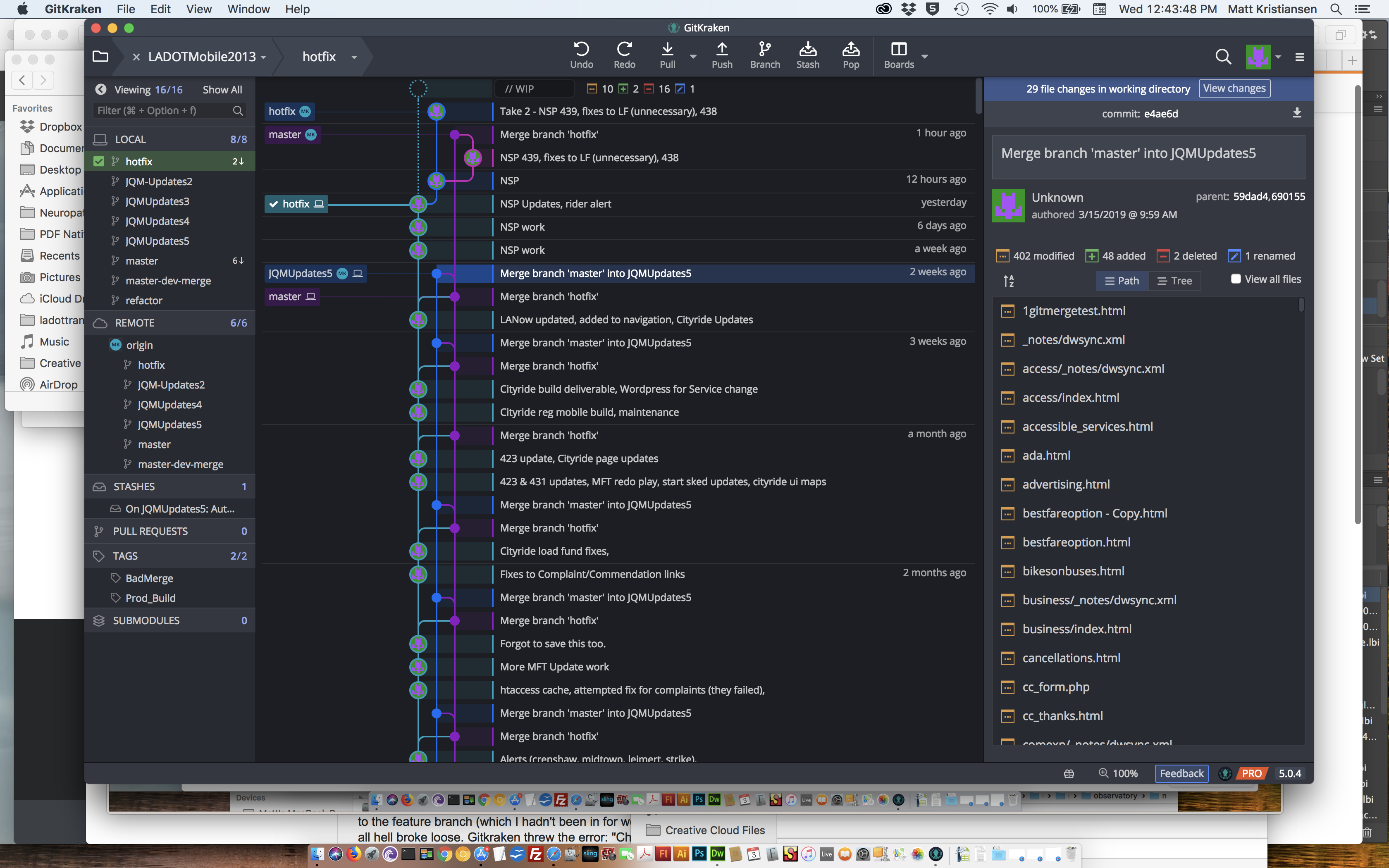

You don't want them to pull or push the branch on their end before you remove the last commit and push.

However, both original and cancelled commits are. which cleans up your branch list and shows you both local and remote to compare the commit messages.Īlso, if working with a team, make sure that they're aware of this before moving forward. Revert is a powerful command of the previous section that allows you to cancel any commits to the repository. To make changes to a previously archived board, opt to Unarchive it to return the board to the board view panel. With another git status to make sure that everything is all set for the double push (I'm personally a bit obsessive compulsive about verifying my current branch, especially when multitasking): git push origin :Īt this point, you should be all set, but it's always good to follow that up with: git fetch -all -prune Archiving your GitKraken Boards removes it from the left board list panel and stores it inside your GitKraken Board Settings to access as view-only any time. brings us back to that commit, retaining the remote backup. of master git branch some-new-branch-name remove the last commit from.
#Gitkraken remove repo how to#
how to either map the submodule to its external source or remove it below. or just to remove some stuff you tried that broke the repo, or to recover. So, this tells us that commit aa09a82f is your last one, and commit 41177183 is the one before it, then: git reset -hard 41177183 Removing integration or repository configuration Go to the Manage Git repositories page for your Jira instance ( Jira dashboard menu Git Manage repositories ). This occurs when the repository is using files cloned from another repository. Any local changes can now be easily pushed to your remote repository.The way I go about it is by typing git status, which allows us to verify the branch we're currently on, followed by: git log You've successfully created your local folder into a Git folder and configured the remote repository. You can do this using the following command. Also the history should have a delete button - with a pop-up for deleting the location or just removing from history. Within this stage, you also need to configure the branch you are using and its name of it. If the location is missing when trying to open it (indicating that the repo was removed outside of GK), then an error message should be displayed and the repo should then be removed from history.

The next step is to push a copy of the files from your local repository to your remote repository. This is the one you created earlier at the start of this process. Your next step is configuring it, so your local folder/repository knows where the remote repository is. The next step is to record the changes to your repository. You now need to add the files you've created into the "staging" area to get ready to push them to your repository source. git and is usually the first command you run on an empty or non-empty folder to convert to a Git repository. This command will create a folder called. Navigate to the location of the folder and type in the command: git init
#Gitkraken remove repo windows#
To do this, open up a command prompt or Terminal shell (I'm using Windows Terminal). With my new repository created, I note the URL, as you'll need it in a few steps. 😊 Create a new repositoryĬreate your repository source in my example, I am creating a new GitHub repository. There are a few processes to carry out to make it happen. So I had to convert a non-empty folder into a Git repository. I recently created a folder and started working on an Azure ARM Template that I wanted to push into a GitHub repository to share with others. In three steps, you can clean up your repository and make sure your ignored items are indeed ignored: Remove the files from.


 0 kommentar(er)
0 kommentar(er)
